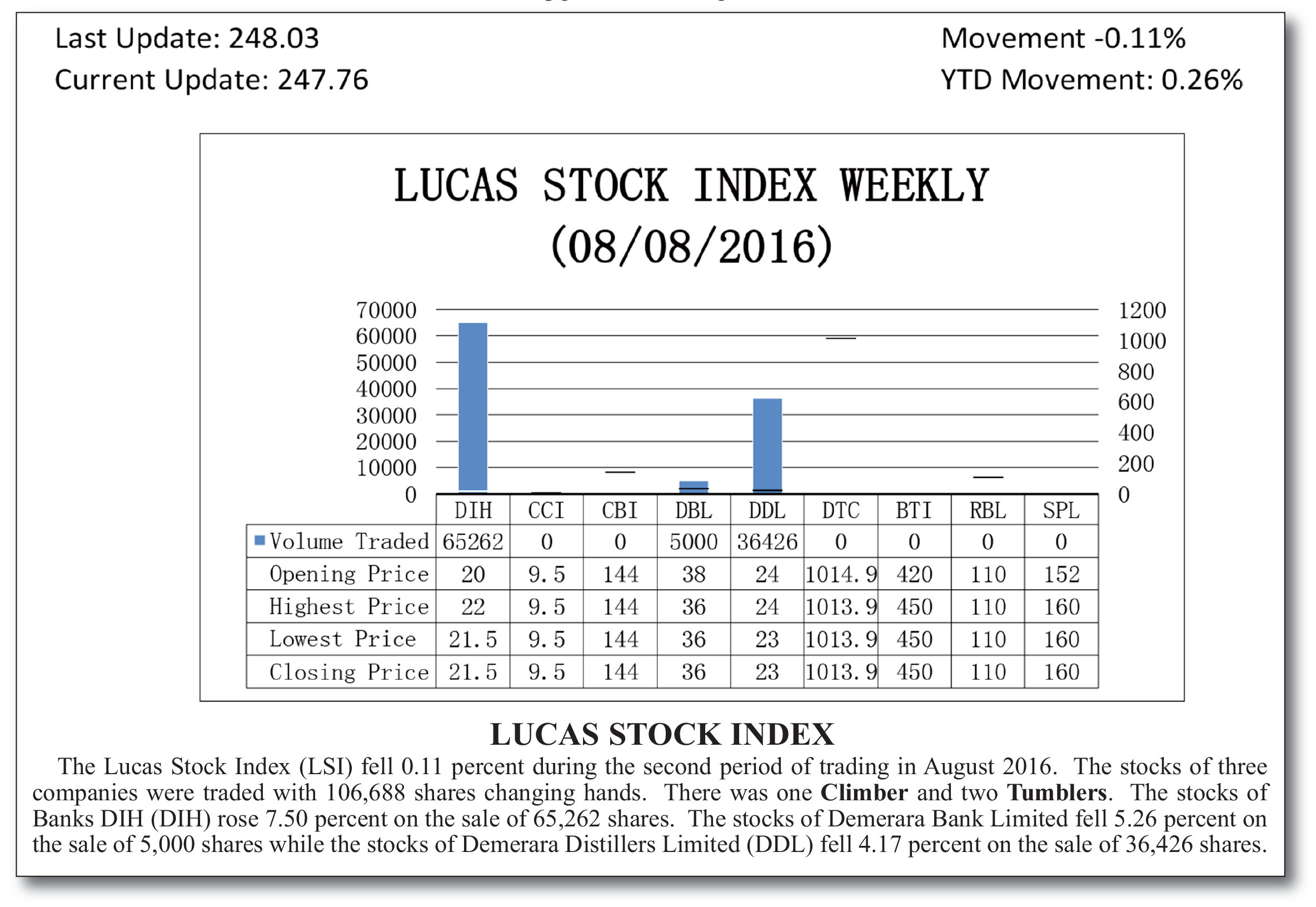Complex technology
When someone examines global trade statistics, one thing that jumps out at the reader is the difference in export revenues between primary commodities and manufactured goods. For 2015, the WTO indicated that agricultural commodities traded for an estimated US$2 trillion in export receipts. Even fuel and mining, which are two commodity groups that Guyana is counting on, collectively did not do significantly better than agricultural products. They traded for an estimated US$3 trillion. The combined primary commodity groups earned US$7 trillion less than the manufacturing group in 2015. The products of the manufacturing group generally have a higher technological content than the primary commodities, even though the process used to create the primary commodities in some cases could be the result of the use of complex technology. Nonetheless, it should be clear from the wide income gap between primary commodities and manufactured goods that the products with the higher technology content tend to yield the higher revenues.



